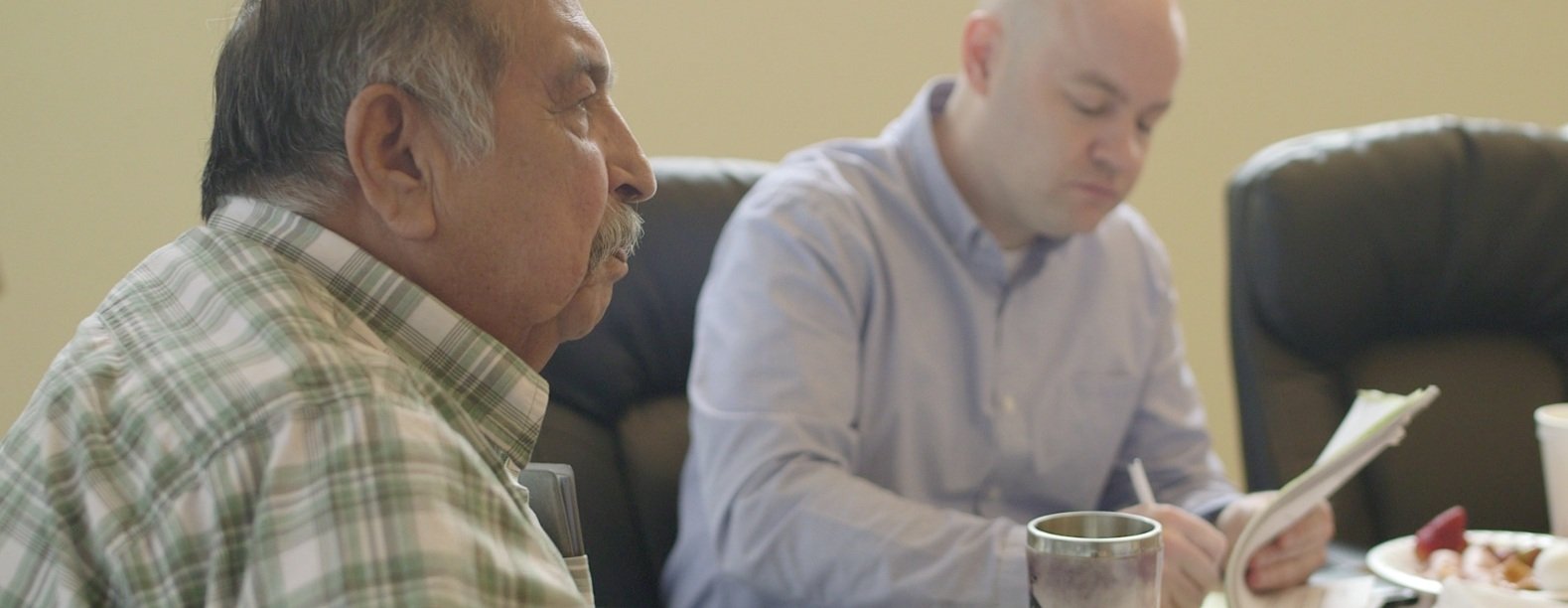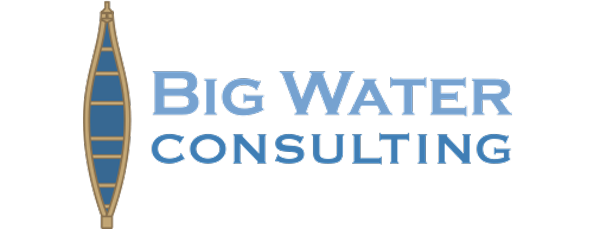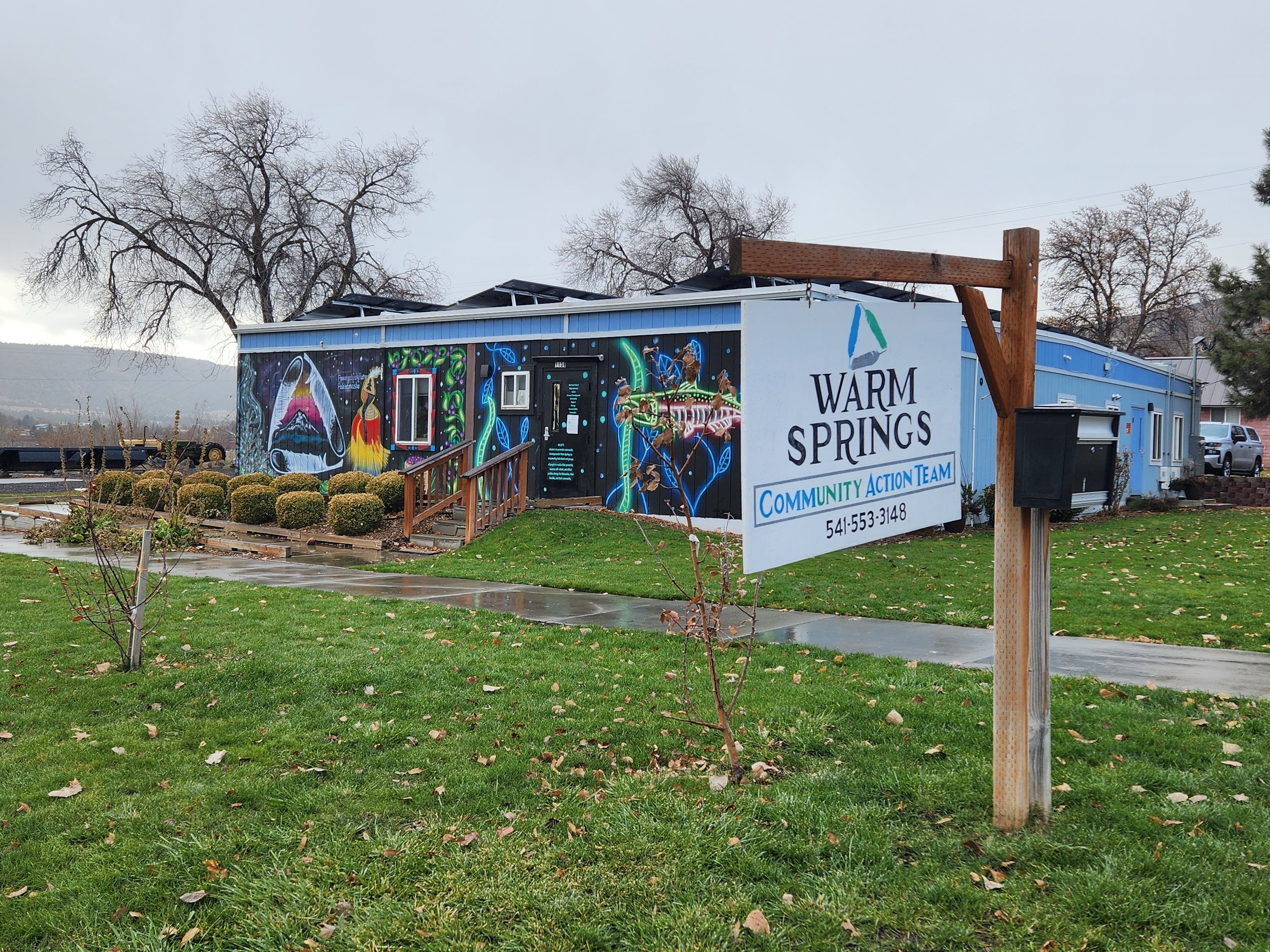
Highlights from recent projects help tell the story of how and where we work.
Visit our Gallery to see samples of specific deliverables. Use the search bar below to find projects in specific regions, covering certain topics, or with a particular tribe.
All Projects

Nisqually Indian Tribal Needs Assessment
The Nisqually Indian Tribe is working with Big Water Consulting to conduct a Tribal Needs Assessment of households living on the reservation. The Nisqually Tribal Needs Assessment Survey aims to provide a better understanding of how Nisqually tribal members prioritize treaty rights issues and develop a better understanding of the Tribe's current circumstances. The survey will determine current housing conditions, which tribal services are known to the community, which programs are used by households, and how connected they are to community services and activities such as fishing, hunting, and gathering. The Needs Assessment will also provide an opportunity to better understand how the Nisqually tribe can communicate with the community and how tribal members feel about long-term vs. short-term investment in tribal resources.

Fond du Lac Housing & Community Needs Assessment
The Fond du Lac Housing and Community Needs Assessment is being directed by the Fond du Lac Planning Division to collect actionable data that the Band can use to plan for future housing and community development projects.

Dry Creek Housing and Homelessness Needs Survey
The Dry Creek Housing and Homelessness Needs Survey will identify the range of housing needs and support services for the members of the Dry Creek Rancheria.

Dakota Housing Needs Assessment Pilot Project
Pine Ridge, Eagle Butte, Rosebud, Lower Brule (South Dakota) and Belcourt (North Dakota)
In cooperation with the Oglala Sioux (Lakota) Housing Authority, Sicangu Wicoti Awanyakapi (SWA) Corporation (Rosebud), Cheyenne River Housing Authority, Turtle Mountain Housing Authority, Lower Brule Housing Authority, Big Water designed and coordinated housing unit mapping and household surveys on five reservations. The purpose of the project was to collect population and housing needs data for each tribe that could be used to challenge and replace U.S. Census data, as authorized by the Native American Housing Assistance and Self-Determination Act (NAHASDA). The project also developed a model for collaborative, large-scale tribal data collection.
















